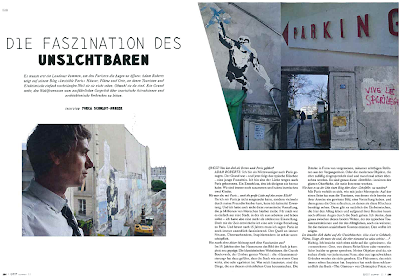 A narrow staircase snakes its way between the blank facades of several towering bourgeois buildings. Here there is little in the way of decoration and embellishment, and walls are of the most basic brick.
A narrow staircase snakes its way between the blank facades of several towering bourgeois buildings. Here there is little in the way of decoration and embellishment, and walls are of the most basic brick.
According to the nomenclature of the city of Paris though, we are standing in a street. Technically this is a continuation of the Rue des Eaux, a road that wraps itself around both the Rue and Square Charles Dickens in the 16th arrondissement.
But when does a passage become a road? In the 16th arrondissement of Paris, territory of many private parcels of land, the difference isn’t always entirely clear. This particular passage offered only private access until the 1980s when it was opened up to the public, but who used it and who was it designed for?
The answer can be found half-way down. This rather sinister passage is situated in one of the wealthiest parts of the city, but where there are rich people, necesarilly there are also those that serve them. An iron sign alongside a door indicates firmly that this is the ‘Service’ entrance, the access point for deliveries and for the staff who worked in the large apartments in this district.
 Above and below are the broad and richly decorated entrances for the residents of the apartments and their guests, but an important consideration in the design of these buildings was to ensure that there was as little contact as possible between the owners and their staff. We can imagine the housekeeper standing at the door, checking the quality of the goods that the tradesmen had just carried up the hill, but it is unlikely that the employers would have ever passed by here and witnessed the scene.
Above and below are the broad and richly decorated entrances for the residents of the apartments and their guests, but an important consideration in the design of these buildings was to ensure that there was as little contact as possible between the owners and their staff. We can imagine the housekeeper standing at the door, checking the quality of the goods that the tradesmen had just carried up the hill, but it is unlikely that the employers would have ever passed by here and witnessed the scene.












































